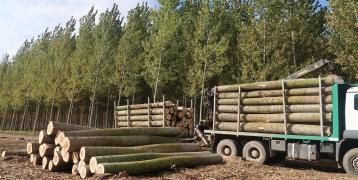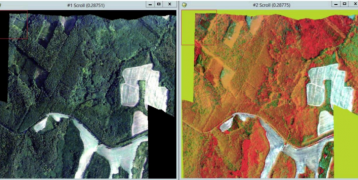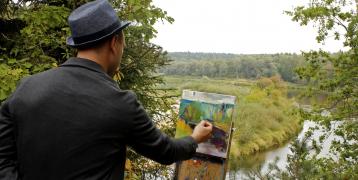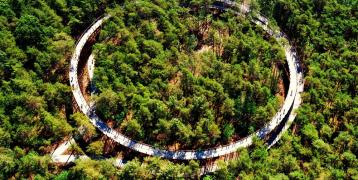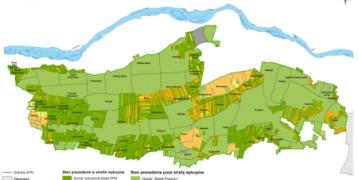Nature restoration: Forest eco-systems
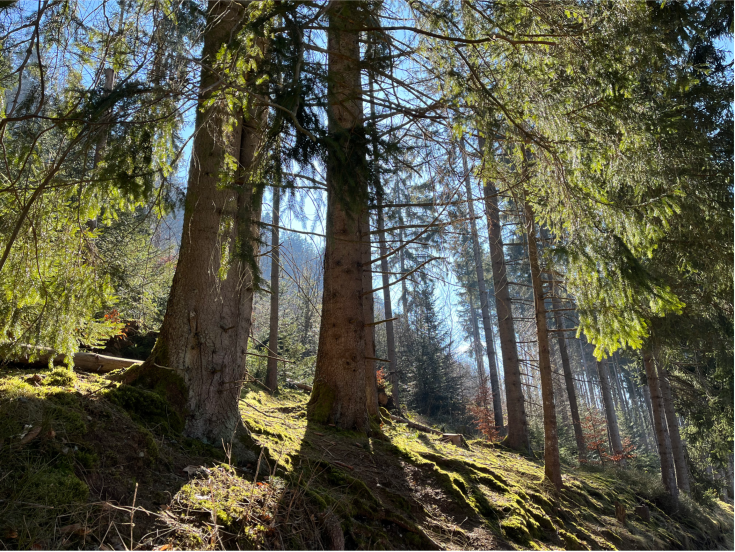
Forests are the largest terrestrial ecosystem in the EU. They host most biodiversity on land and contribute substantially to carbon storage and sequestration. Whilst forest ecosystems have shown improvements in the last decades, a deterioration of the condition of European forests can also be observed.
Climate change impacts aggravate other destructive pressures such as pollution or pests and affect the extent and intensity of forest fires. In light of these pressures, the New EU Forest Strategy for 2030 sets a vision and concrete actions for increasing the quantity and quality of forests in the EU and for strengthening their protection, restoration and resilience.
This policy brief provides an outlook on EU initiatives that local and regional authorities should refer to for:
- Boosting the restoration of forest ecosystems
- Afforestation
- Climate adaptation measures to the benefit of local communities
The policy brief also features a selection of Interreg Europe good practices and policy changes of particular interest with a high degree of replicability and adaptability to other local contexts.
Policy brief on nature restoration: Forest eco-systems
Featured good practices
